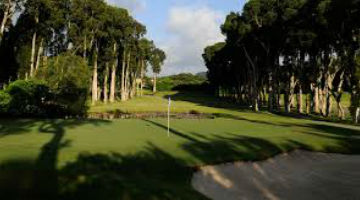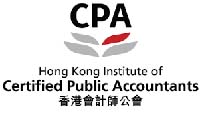The anti – elite populism of Brexit, Trump et al has arrived in, of all unlikely places, Hong Kong. Last week, the SAR government endorsed recommendations from its Task Force on Land Supply, recommendations which included amongst its short-to-medium options the resumption of eight holes and the car park at Fanling Golf Club when its lease expires in 2020. The club had long fought the idea, emphasising its history and variety of flora and fauna, neither of which sadly matter a jot in HK. More pertinently, Fan Kam Road would need significant upgrading. Add in the pedigree of its membership and the decision comes as a surprise. It will contribute only 32 of the 1,200 hectares sought by the government for additional land supply whilst jeopardising one of HK’s few high profile sports events, the HK Open. This, only weeks after the government announced a greater focus on these in giving the long awaited go-ahead for the Sports Park on the old Kai Tak runway. (The holes in question are used during the tournament for overflow car parking so alternative, presumably less convenient parking will need to be identified in order to meet the requirements of the European Tour. I have no feel for how easy this will be. I have no vested interest here, either, having played at Fanling only once in my twenty years in HK.)
There is clearly a short term housing crisis in HK. This could be met at a stroke by taking back half of the 2,700 hectares occupied by the PLA which does not need space equivalent to half of Manhattan, a gesture which would generate a lot of goodwill for Beijing. However, this was outside the remit of the Task Force, as was a loosening of planning restrictions, moving the port out of Kwai Tsing, using land at Disney, updating the New Territories’ small house policy, making more efficient use of existing public housing and other bold initiatives. In the meantime, resuming car yards and agricultural land in the New Territories could yield 260 hectares in the short-to-medium term.
Elsewhere in its report submitted in December, the Task Force reckoned that 1,200 hectares were not enough and came up with a total of 3,292 hectares. This included 1,000 hectares of artificial islands to be built in the Central Waters between Lantau and HK (the East Lantau Metropolis) which in October the Chief Executive gazumped by announcing the Lantau Tomorrow Vision (1,700 hectares to accommodate up to 700,000 people at a preliminary price tag of a cool HK$500 billion / US$64 billion) even as the Task Force’s public consultation was still underway. Even then, the golf course may not be safe in that the Task Force recommended keeping as a medium-to-long term option resumption of its remaining 140 hectares / 46 holes and relocating the golf club to a site yet to be identified (Really?!).
But is there a housing crisis in the long term? The perceived need is based on the Census & Statistics Dept’s projection that HK’s population will increase from the existing 7.4 million (2016) to 8.2 million in 2043 (after which it declines back to 7.5 million by 2066). This is speculative stuff even before considering the minor matter of HK’s SAR status expiring in 2047. When the current birth rate is 1.2, this projection depends entirely on inward migration from the Mainland, policy on which is never discussed and which may never eventuate – or could even reverse – if the Greater Bay Area initiative delivers its greater connectivity over the border with Shenzhen and the rest of Guangdong province. Are different arms of the government not talking to each other?







